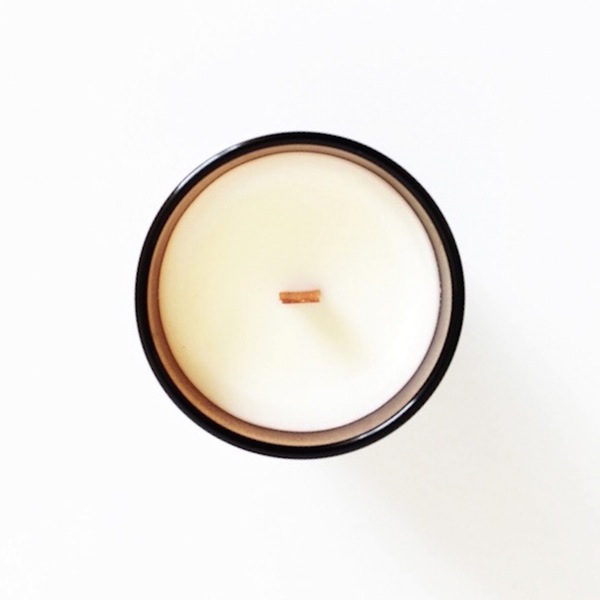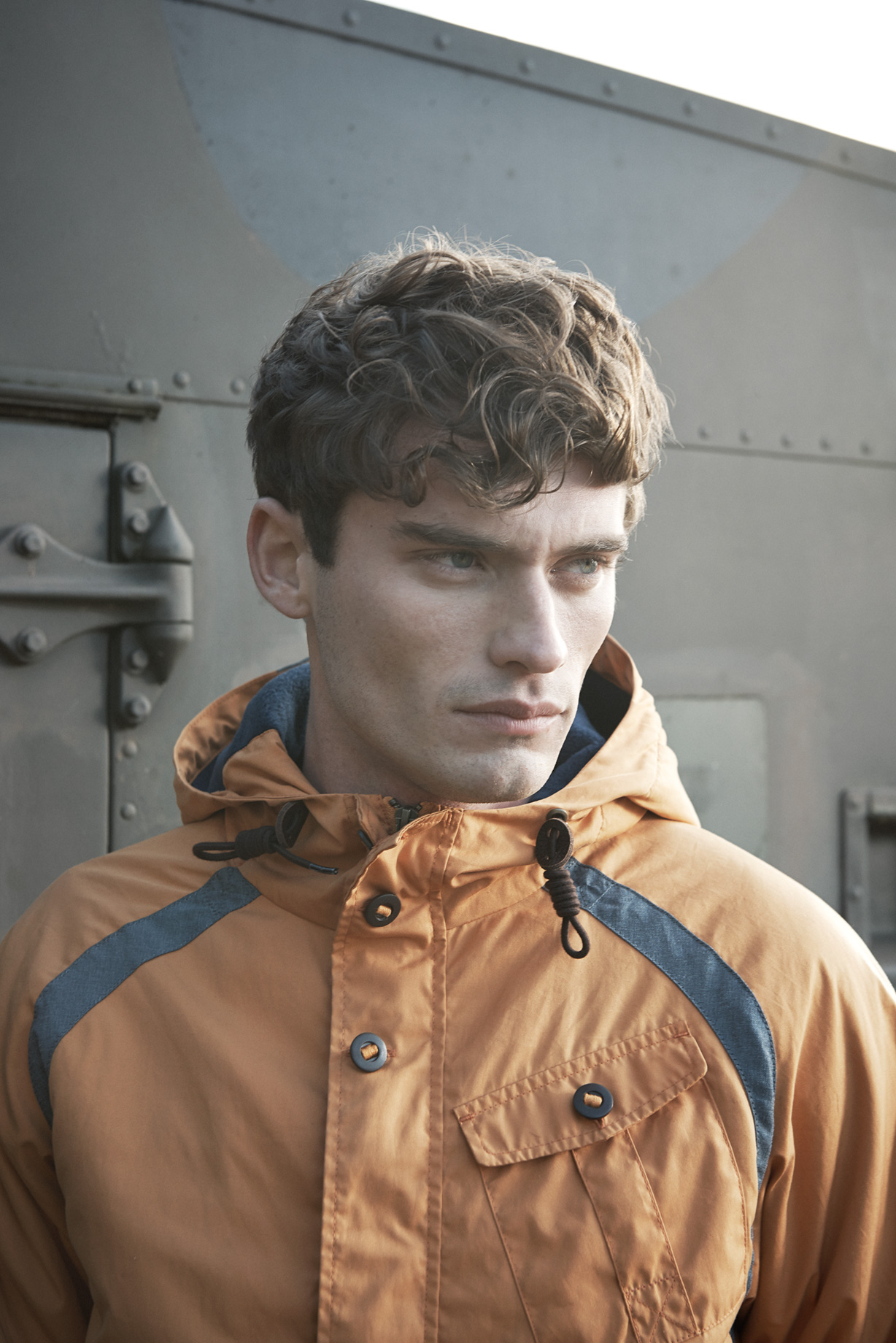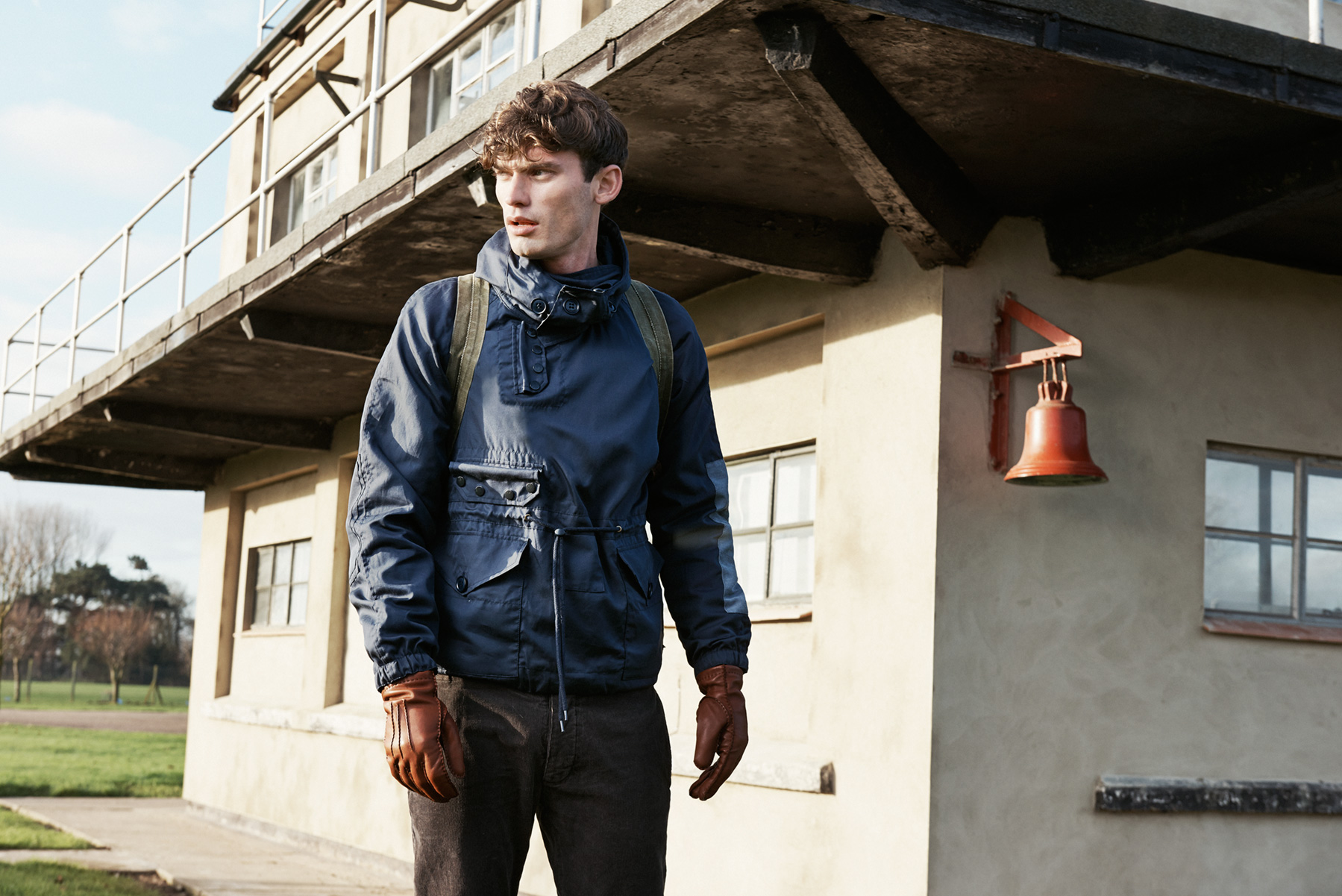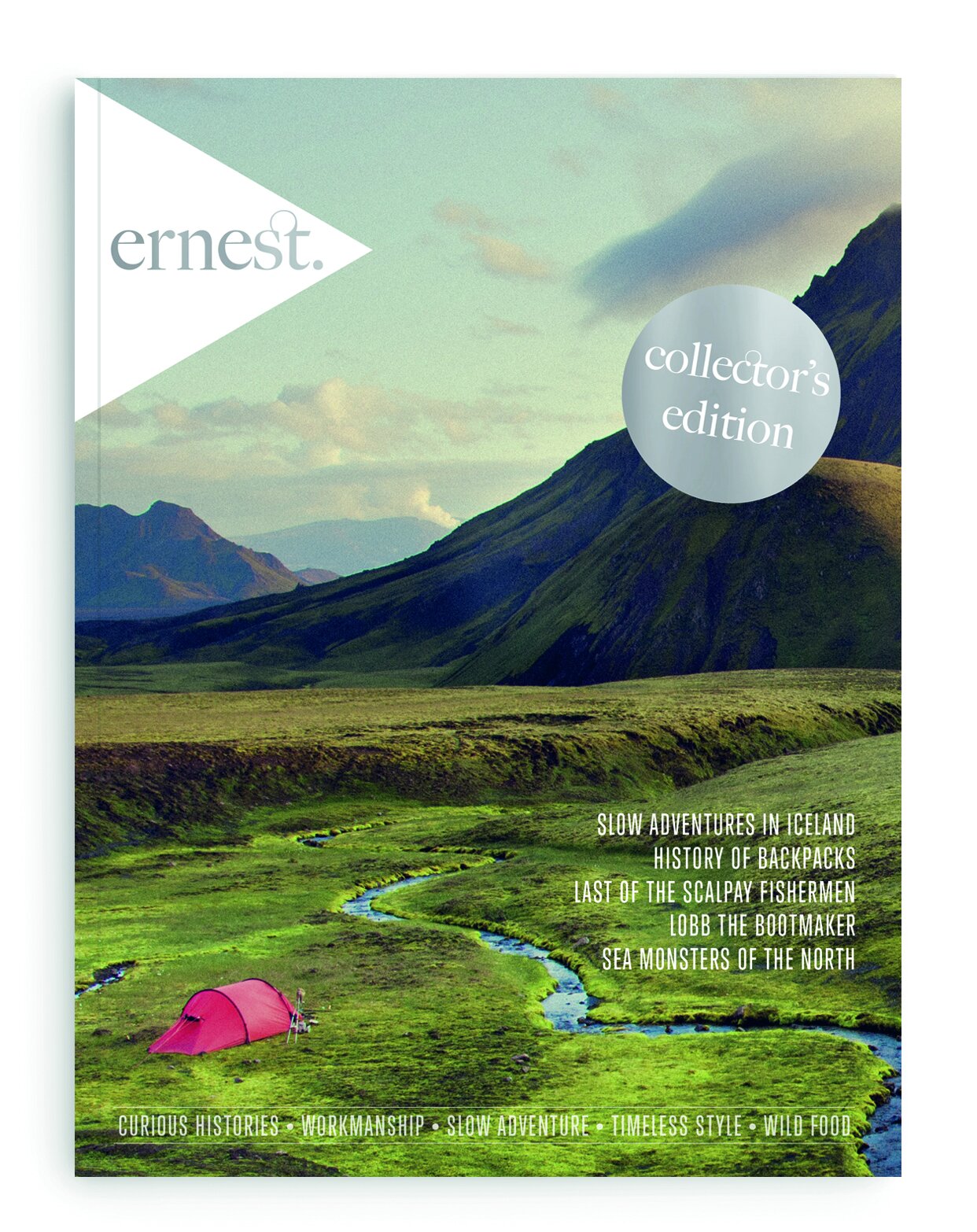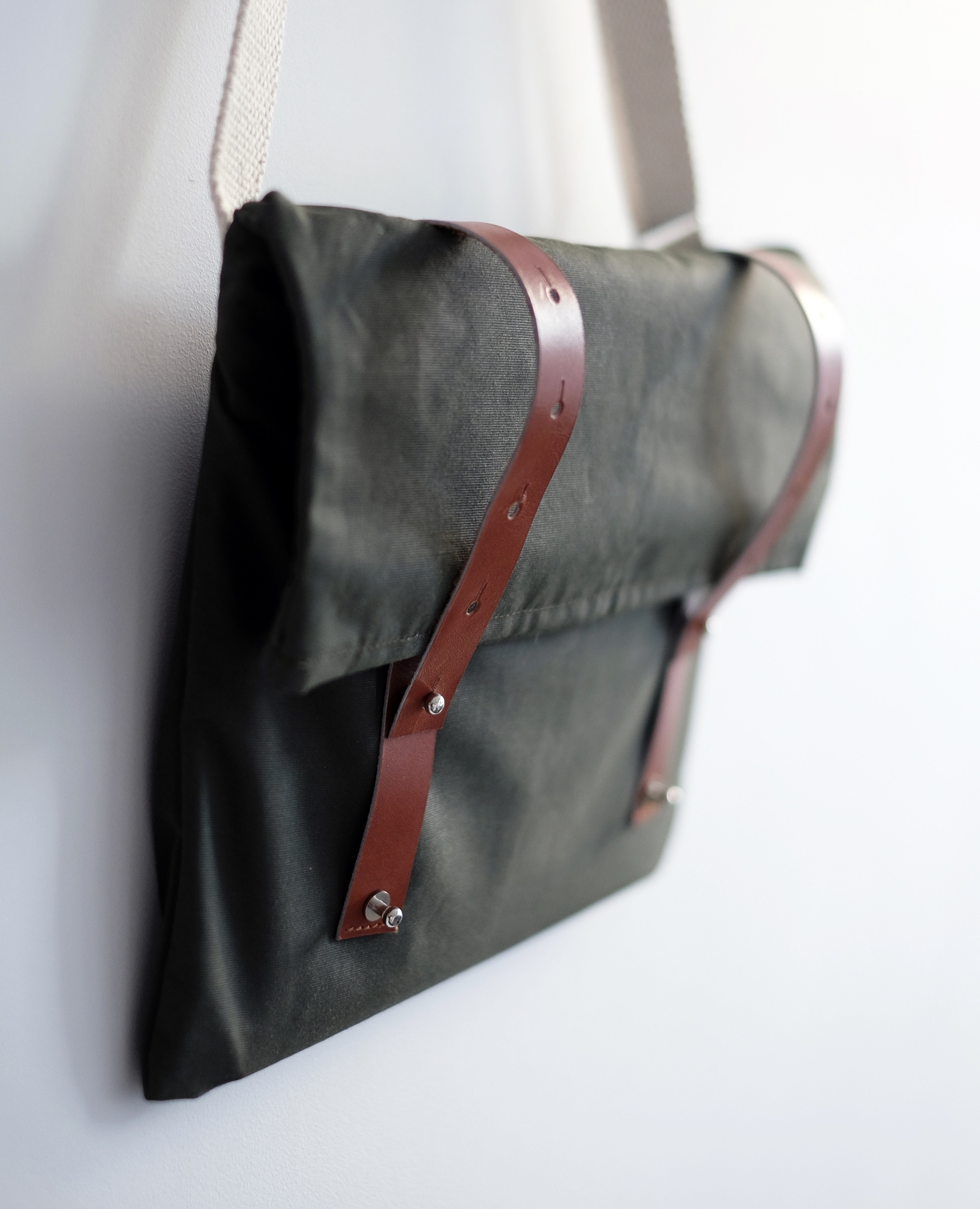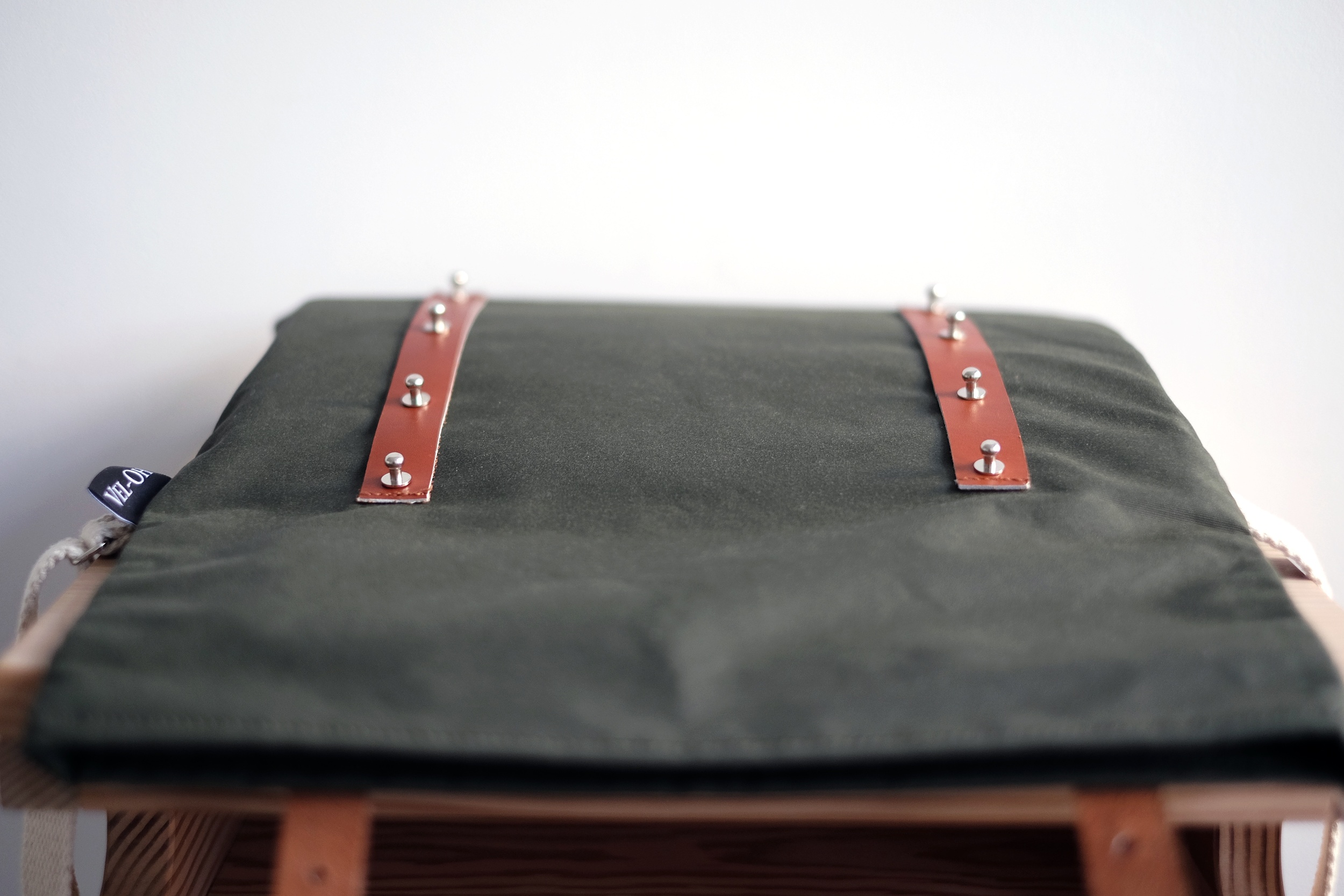Tell us a bit about your new Nip Out bag.
The Nip Out bag is a stylish musette handmade by the Vel-Oh team (Zulfi and Greta) at our studio in London. As the name suggests, it's aimed at the stylish cyclist who's literally just nipping out – to the store, to see friends or a short ride out of the city.
Every part of this bag has been curated to match the wearer’s needs. It can hold your iPad, U-lock, keys, phone, repair kits, waterproof jacket and, of course, your nibbles.
It’s made from British millerain, leather and industrial-grade webbing. Not only is it one of the most stylish musettes on the market, it also doubles up as a great day bag.
What prompted you to make it?
Our original Commuter bag is great for cycling to work and weekends away, etc, but we wanted to make a bag that we could use to nip out to town, to the park, or to meet friends. The musette is a popular type of bag for most cyclists, so we thought it would be a good starting point. But of course we’ve put our own twist on it and have made sure the contents will be kept dry in the changeable British weather. The musette is comfortable to cycle with, but looks good off the bike, too – the straps adjusts so you can wear it as a satchel or handbag.
Tell us a bit about the design and production process.
The Nip Out starts and ends in our workshop. Zulfi preps, cuts and punches the leather and Greta deals with the fabrics and puts the bag together. We sit alongside each other with our tools, Spotify on in the background, our dog snoozing in between us – and the pile of bags starts to appear! It is so much fun, plus it gives us the opportunity to control the quality and the quantity of what’s made.
What essential kit would you keep in in your musette?
For on the bike – lock, pump, spare inner tube, leavers, wallet, keys, waterproof jacket, maybe a magazine or iPad. Off the bike – make up bag (for Greta) , purse, keys, phone, umbrella, sunglasses, lip balm, gloves, pain killers and headphones.
Anything else exciting in the pipeline for Vel-Oh?
After mastering our manufacturing skills, we suddenly feel this freedom that we could make anything! The next project for us will probably be a pannier bag as we’ve had a lot of enquiries about making one. We’ll be featuring our updated collection at a few cycling shows next year: Spin LDN, Berlin Fahrradschau and a few local bike shop events. We’re also looking to expand and approach the fashion market element next year, as our products are aimed at urban cyclists, but can be used by anyone. Make sure you sign up to our newsletter to keep up to date.







